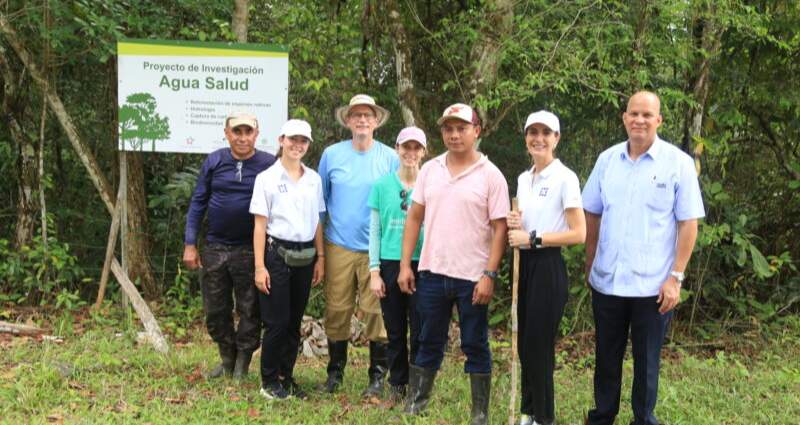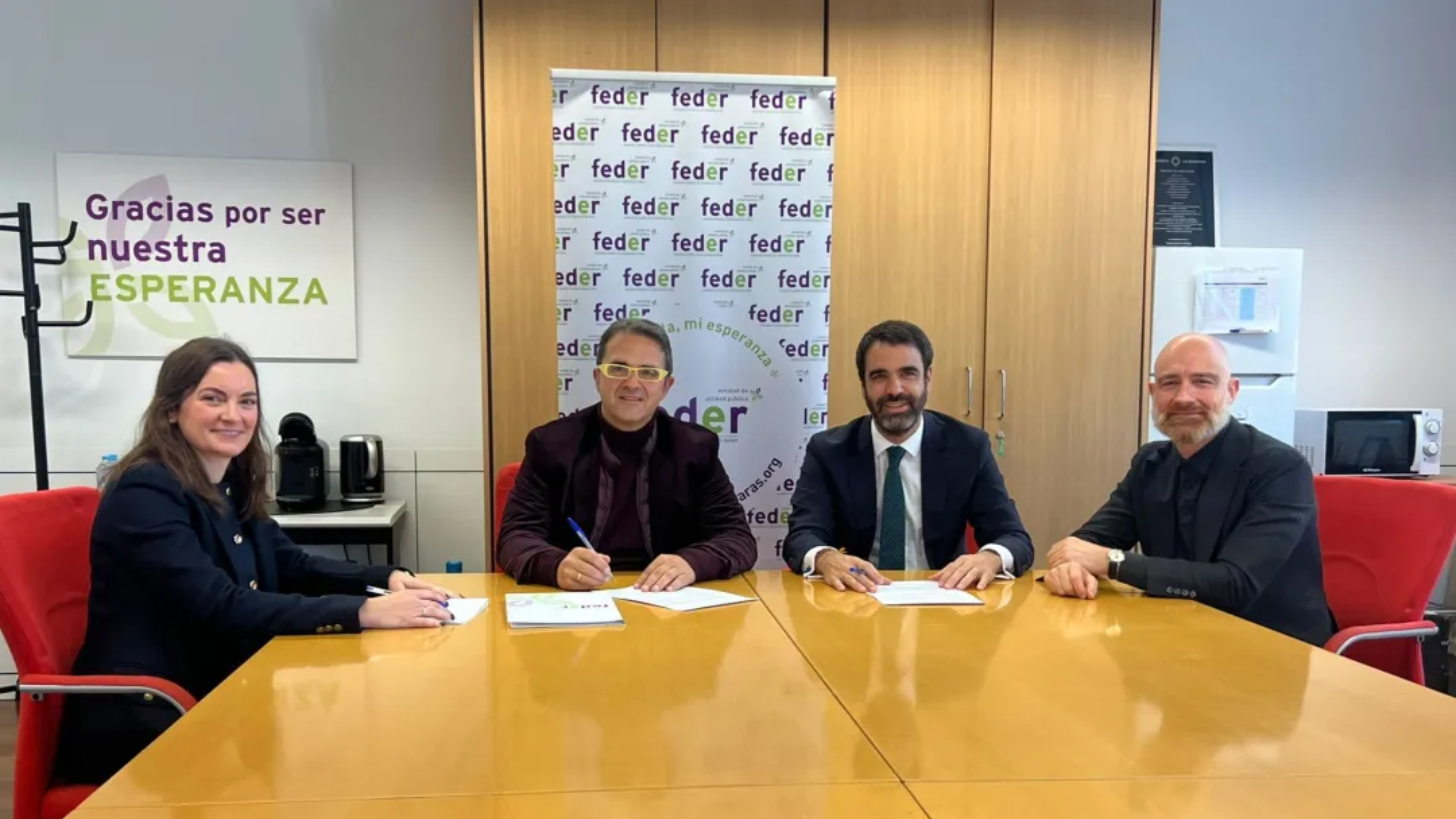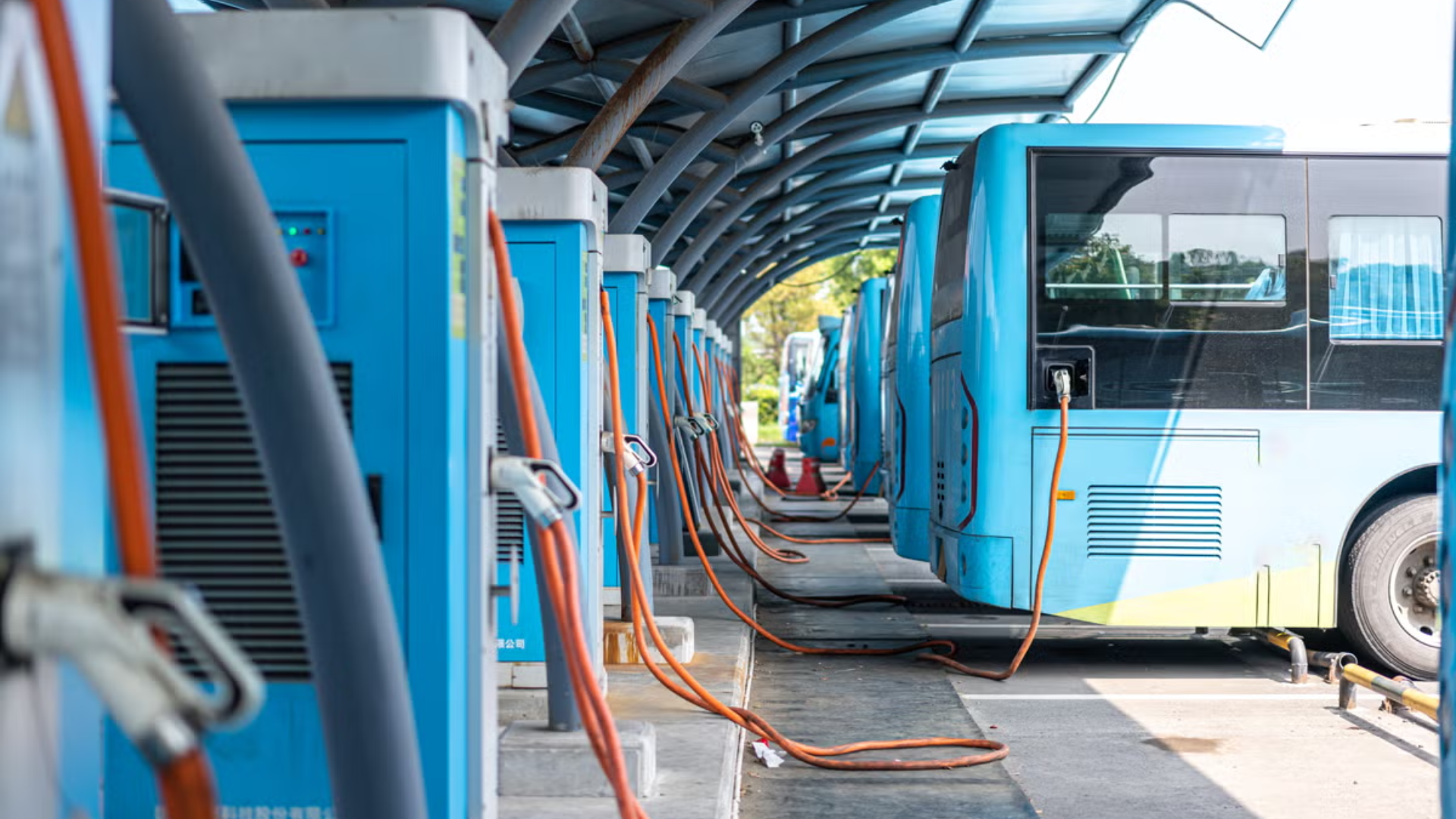
During the last fifteen years, the Alberto Motta Foundation has contributed to the Agua Salud Project, an initiative of the Smithsonian Tropical Research Institute (STRI) focused on forest regeneration, measuring the behaviors and effects of different tree species, the uses of land and its impact on water flows, as well as carbon sequestration and biodiversity. At the same time, it assesses the potential economic return on investment in environmental protection.
The research seeks to understand how ecosystems work and measure the environmental services they provide, in order to reproduce them. In addition, experts are developing new models to forecast how water and carbon sequestration will behave in these new forests and in the face of evidence of climate change.
STRI scientist Jefferson Hall, who has led the project for all these years, explains that a secondary forest is one that results from natural processes when the land restores itself after having been used for other purposes such as cattle ranching. He adds that in order to restore the environmental services of a forest or have a good timber plantation, even if we have cattle, intelligent reforestation must be done. The idea is to put the right species in the right place, at the right time, and for the right reason. All this will depend on the needs for reforestation.





